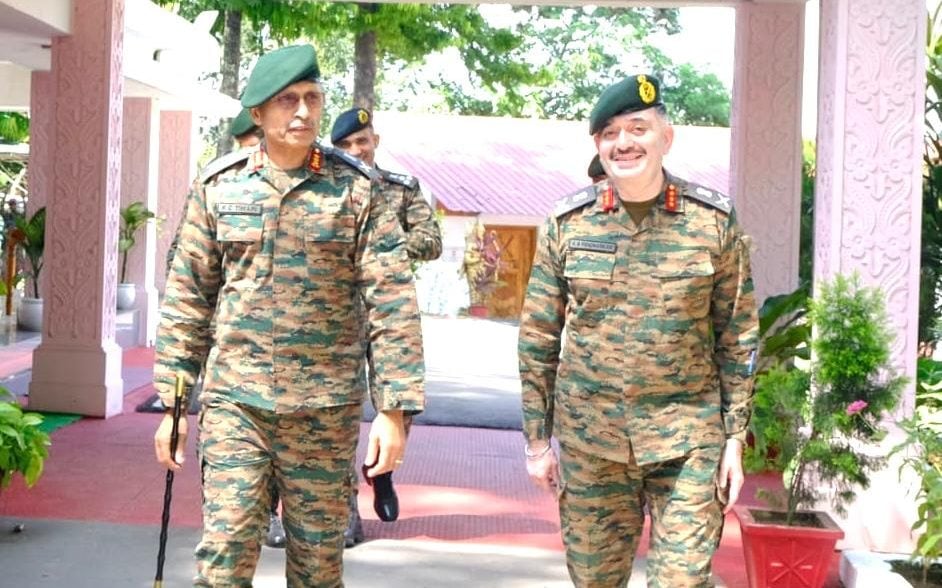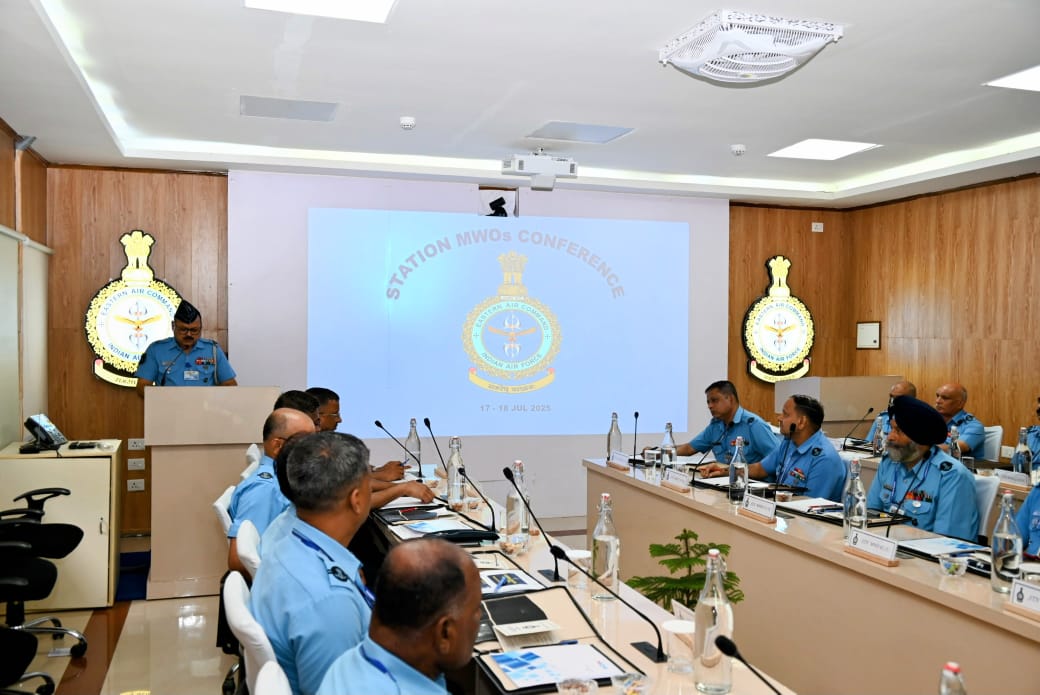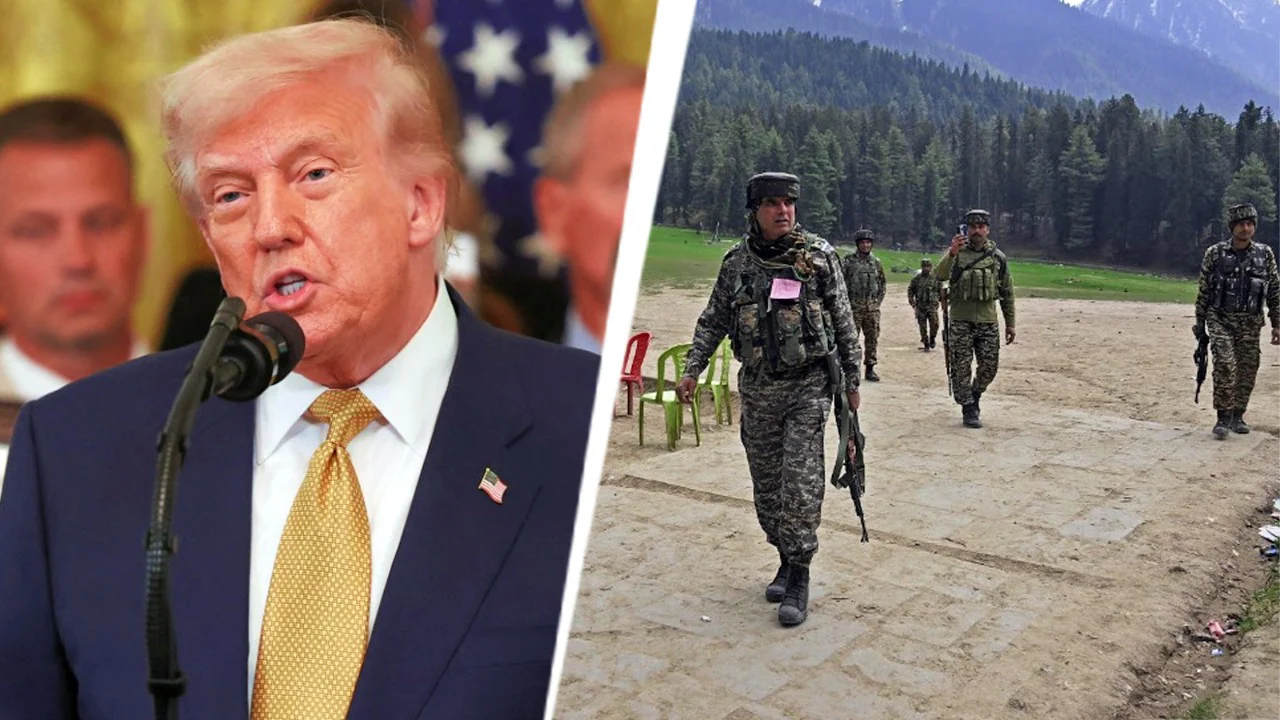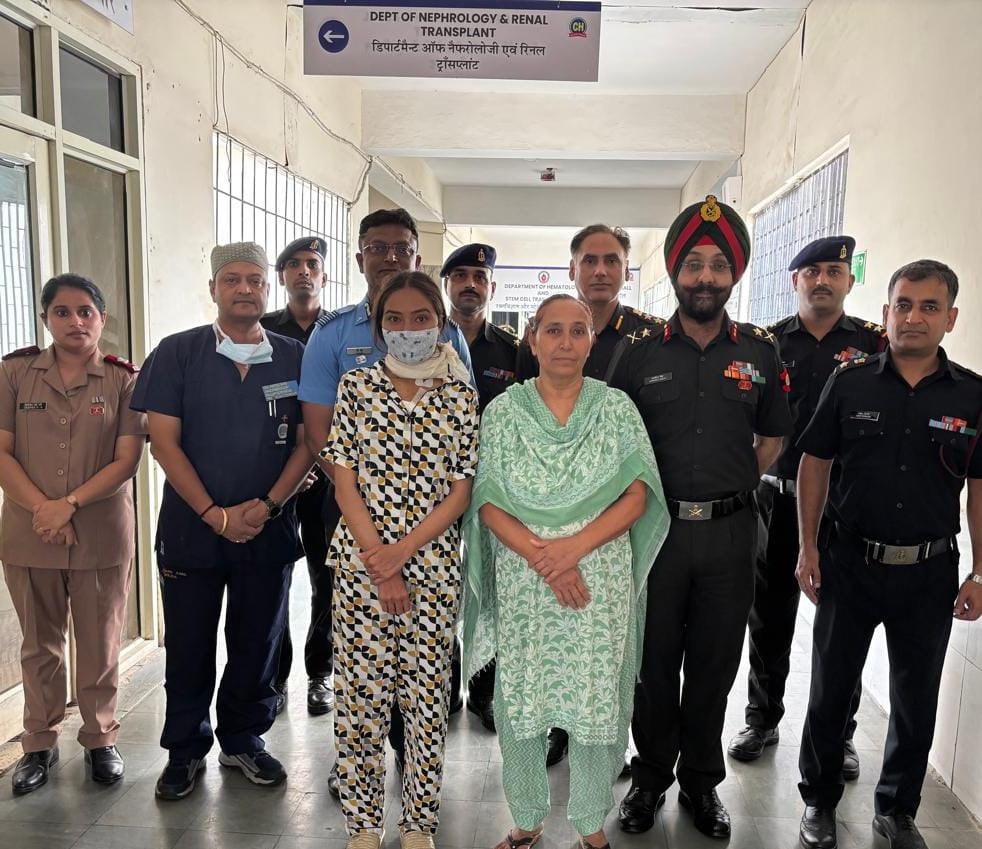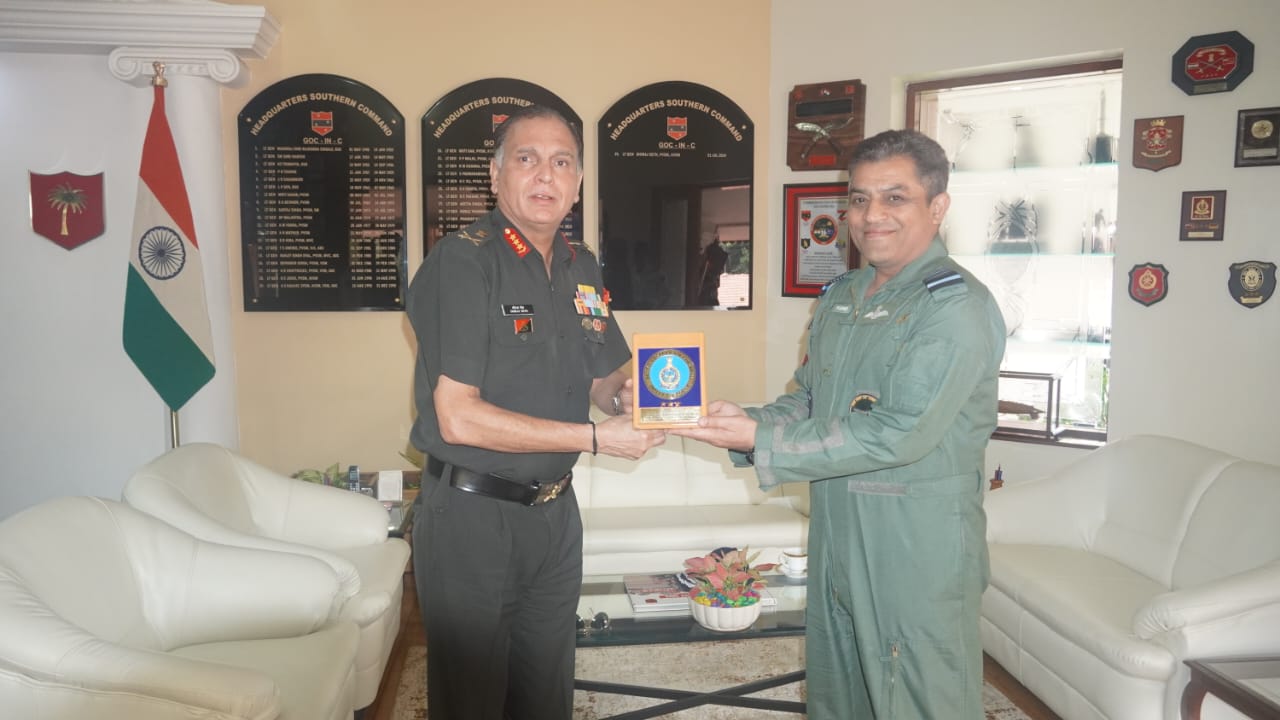Lt Gen RC Tiwari Reviews Spear Corps’ Combat Readiness Amid Rising Security Priorities in Northeast
Lt Gen RC Tiwari, Army Commander of the Eastern Command, has completed a comprehensive review of operational readiness and technological…
Eastern Air Command Concludes Station Master Warrant Officers’ Conference to Strengthen Operational Readiness in Northeast
The Eastern Air Command (EAC) of the Indian Air Force has successfully concluded a two-day Station Master Warrant Officers' (MWOs)…
India, France Ignite Next-Gen Jet Engine Pact in ₹61,000 crore Strategic Thrust
The defence ministry has recommended a collaboration with France to develop next-generation fighter jet engines, marking a breakthrough for the…
US Designates TRF as Foreign Terrorist Organisation After Pahalgam Attack
In a significant diplomatic development, the United States has designated The Resistance Front (TRF), an offshoot of the Pakistan-based Lashkar-e-Taiba…
Command Hospital, Western Command Performs First Successful Live Renal Transplant
Command Hospital, Western Command, has successfully performed its first live renal transplant, marking a milestone in the military healthcare system.…
Air Marshal Nagesh Kapoor Reviews Operational Preparedness at SWAC Headquarters
Air Marshal Nagesh Kapoor, Air Officer Commanding-in-Chief of the South Western Air Command (SWAC), visited the Advanced Headquarters in Gandhinagar…

